Search
Did you mean: Rama?
Search Results
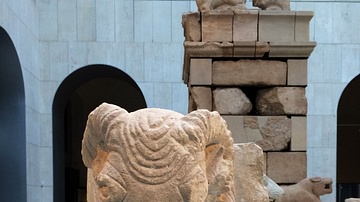
Image
Iberian Ram Protome
Believed to be an architectural element, specifically a corbel supporting an architrave or adorning a door jamp, this ram protome is made of limestone and dates from the 2nd-1st century BCE. It comes from Osuna (Seville), Spain. (Museo Arqueológico...
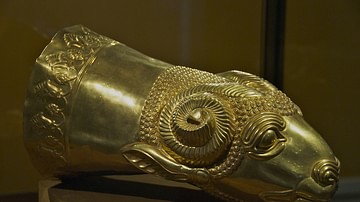
Image
Gold Rhyton in the Shape of a Ram's Head
Gold rhyton (Takuk in Persian), found in the Qaflankuh highlands near Ziwiyeh, late 7th to early 8th century BCE. The extensive collection of precious artefacts from the first millennium BCE, known as the Ziwiyeh Treasure has been controversial...

Image
Shang Double-Ram Zun
This container, presumably for wine, is flanked by the heads and forequarters of two rams. The rams are very lifelike and this realistic style of decoration suggests it might have been made in Hunan province. Shang Dynasty, 13th to 12th century...
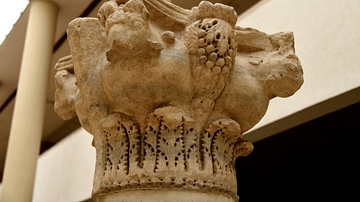
Image
Capital with Ram's Head from Mangana Region
This marble capital is decorated with heads of rams. Second half of the 5th to the first half of the 6th century CE. From structures within the walls of the Topkapi Palace, Mangana Region, Gulhane, Istanbul, Turkey. (Museum of Archaeology...

Definition
Sukhothai
Sukhothai or Sukhothai Historical Park was the former capital of the Kingdom of Sukhothai (1248-1438 CE), which was founded by King Si Inthrathit (r. 1238-1270 CE) and was the first in a series of independent polities that would eventually...

Article
Egyptian Gods - The Complete List
The gods and goddesses of Ancient Egypt were an integral part of the people's everyday lives for over 3,000 years. There were over 2,000 deities in the Egyptian pantheon, many whose names are well known - Isis, Osiris, Horus, Amun, Ra, Hathor...

Definition
Carthaginian Naval Warfare
The Carthaginians were famed in antiquity for their seafaring skills and innovation in ship design. The empire their navy protected stretched from Sicily to the Atlantic coast of Africa. Able to match the tyrants of Sicily and the Hellenistic...
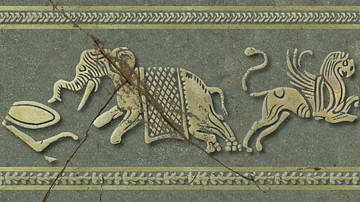
Article
Elephants in Hellenistic History & Art
Elephants were thought of as fierce and frightful monsters in antiquity, very real though rarely seen until the Hellenistic period. They were deployed on the battlefield to strike terror into the enemy, however, since fear was considered...
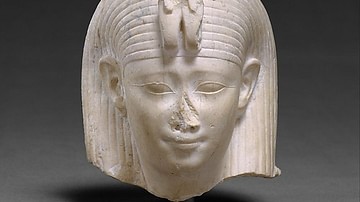
Definition
Arsinoe II Philadelphus
Arsinoe II (l. c. 318/311 - c. 270/268 BCE), daughter of Ptolemy I became one of the most enduring figures of the Lagid or Ptolemaic Dynasty and left an undeniable mark in the historical evidence. She was married three times; first to Alexander...

Article
Siege Warfare in Medieval Europe
Siege tactics were a crucial part of medieval warfare, especially from the 11th century CE when castles became more widespread in Europe and sieges outnumbered pitched battles. Castles and fortified cities offered protection to both the local...